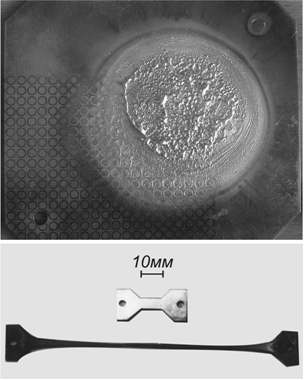Department №40 Physics of critical phenomena

The Dept#40 is lead by Dr. Sc. Vasyl Bryukhovetsky (Brjuhovetsky.V.V@nas.gov.ua) .
The department conducts investigations to determine the physical meaning of influence of various factors on the critical phenomena occurring in solids, in particular, to study the nature of the effect of structural superplasticity. The scientific interests are devoted to the mechanical behavior, kinetics of structural changes and phase transitions induced during superplastic flow of aluminum samples deformed at high homologous temperature. Another research goal of the Dept№40 Physics of critical phenomena is to study how the preliminary irradiation by relativistic electron beam, high-energy ions, thermal neutrons affect on the superplastic properties of alloys used in nuclear power. These materials are expected to provide the safe operation of nuclear facilities at high temperatures, aggressive corrosion environment, and powerful neutron fluxes. To minimize weight of structures and increase payload, the materials with high specific strength are required. Among a great amount of such materials aluminum alloys take their special place due to high strength and plasticity, so that these economically effective alloys are widely used in research nuclear reactors and, more rarely, in some types of industrial reactors. The Dept#40 keeps attention to the improvement of the physical and mechanical properties of Al-alloys, including the strength and plasticity characteristics.
Main results obtained by the Department #40:
- Described the mechanical behavior of Al-alloy samples (AK4-1ch, AMG2, AMG6, D16, 1201, 1420, 1421, 1450, 1460, 6111, 1933), structural changes and phase transitions induced during deformation when the treated samples show the effect of structural superplasticity.
- Determined the mechanisms of superplastic deformation and damage of samples; considered the phenomenological characteristics of superplastic deformation of samples. We answered why the liquid-phase centers appear in samples at temperatures of partial melting; we also studied the morphology of the fibrous structures, the causes and mechanisms of their formation.
- Revealed, that the irradiation of Al-alloy plates (D16, 1201, AMG6) by the pulse relativistic electron beam affects the formation of ultra-structure and increases the rate of superplastic deformation, but on the other hand, does not lead to a significant increment of tensile elongation of samples deformed superplastically under optimal conditions.